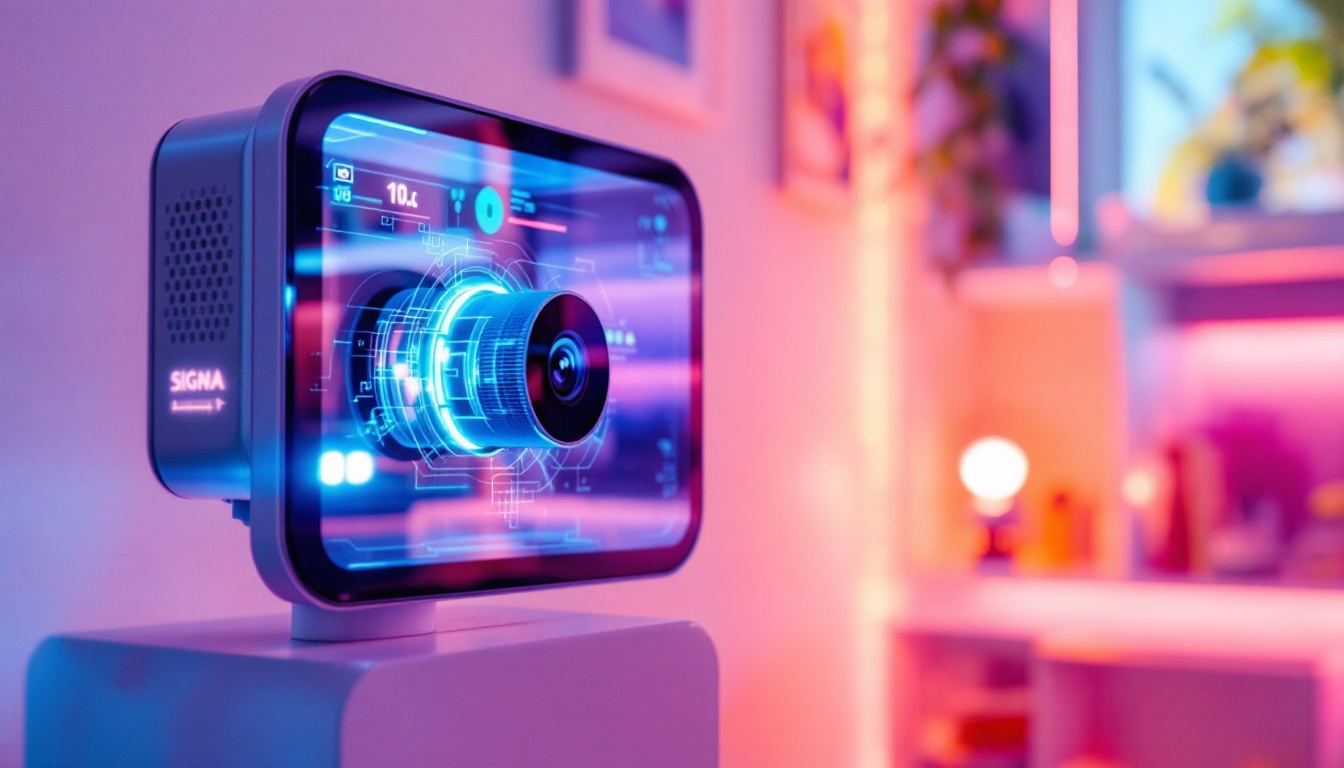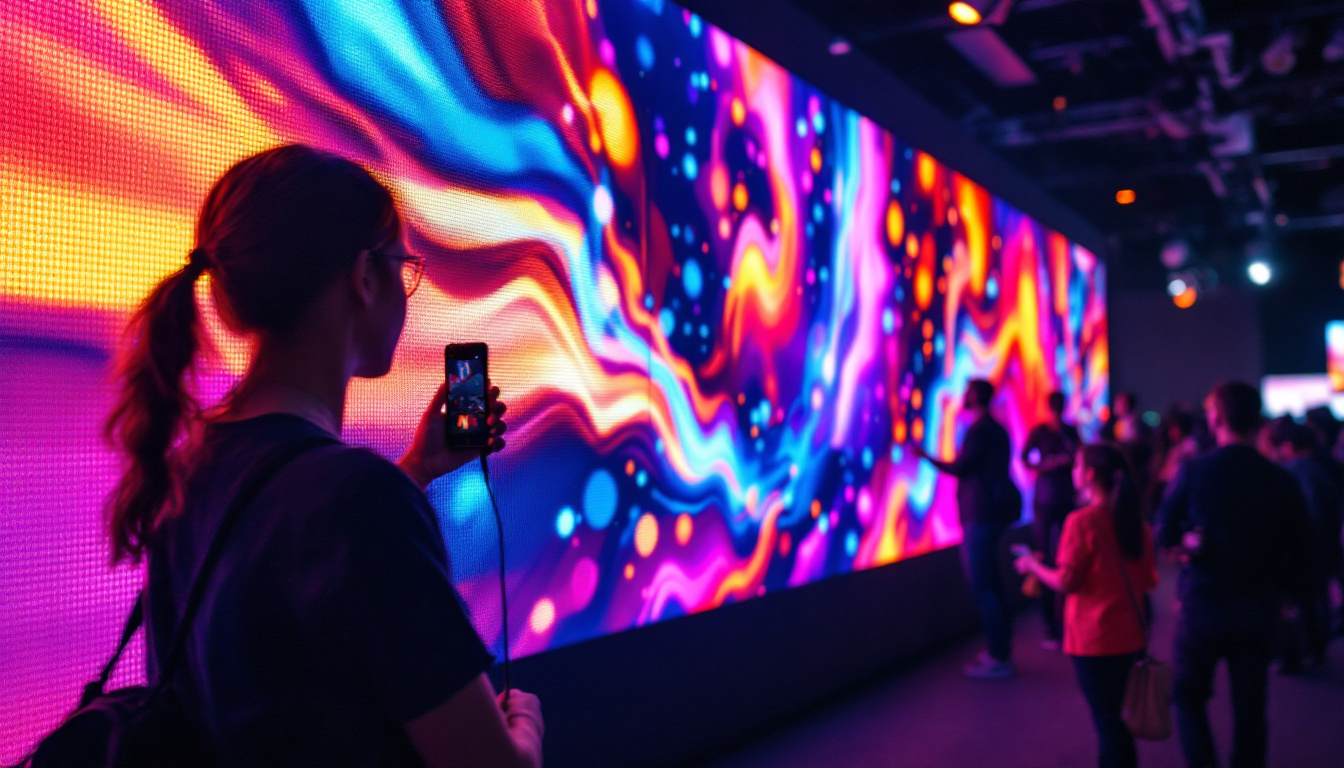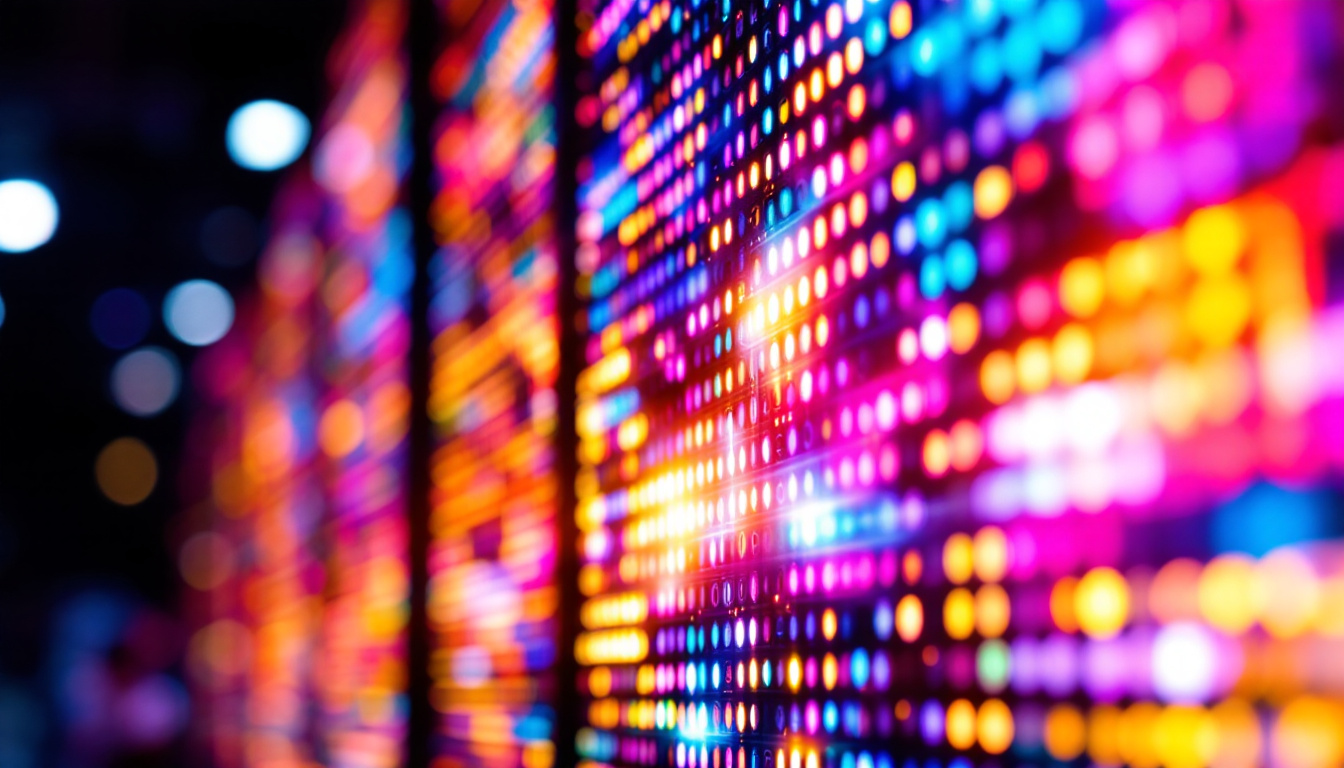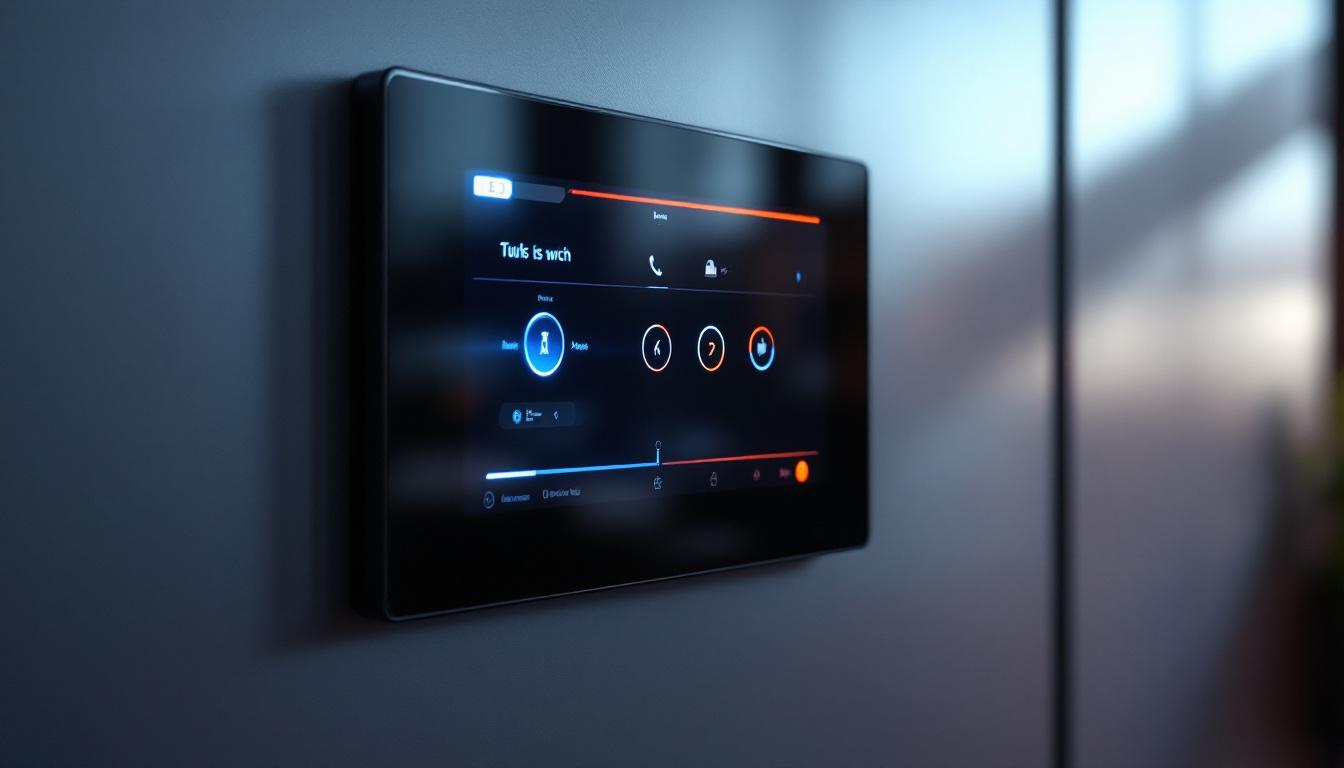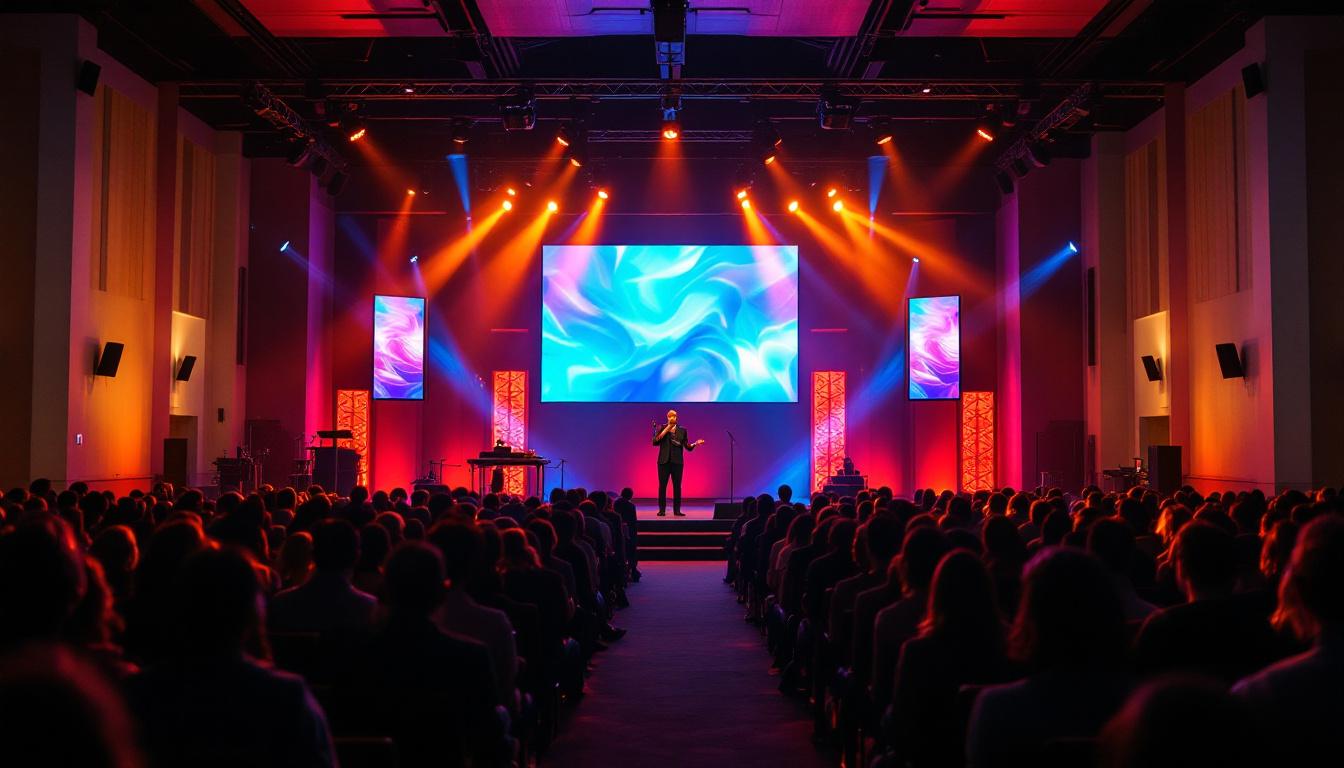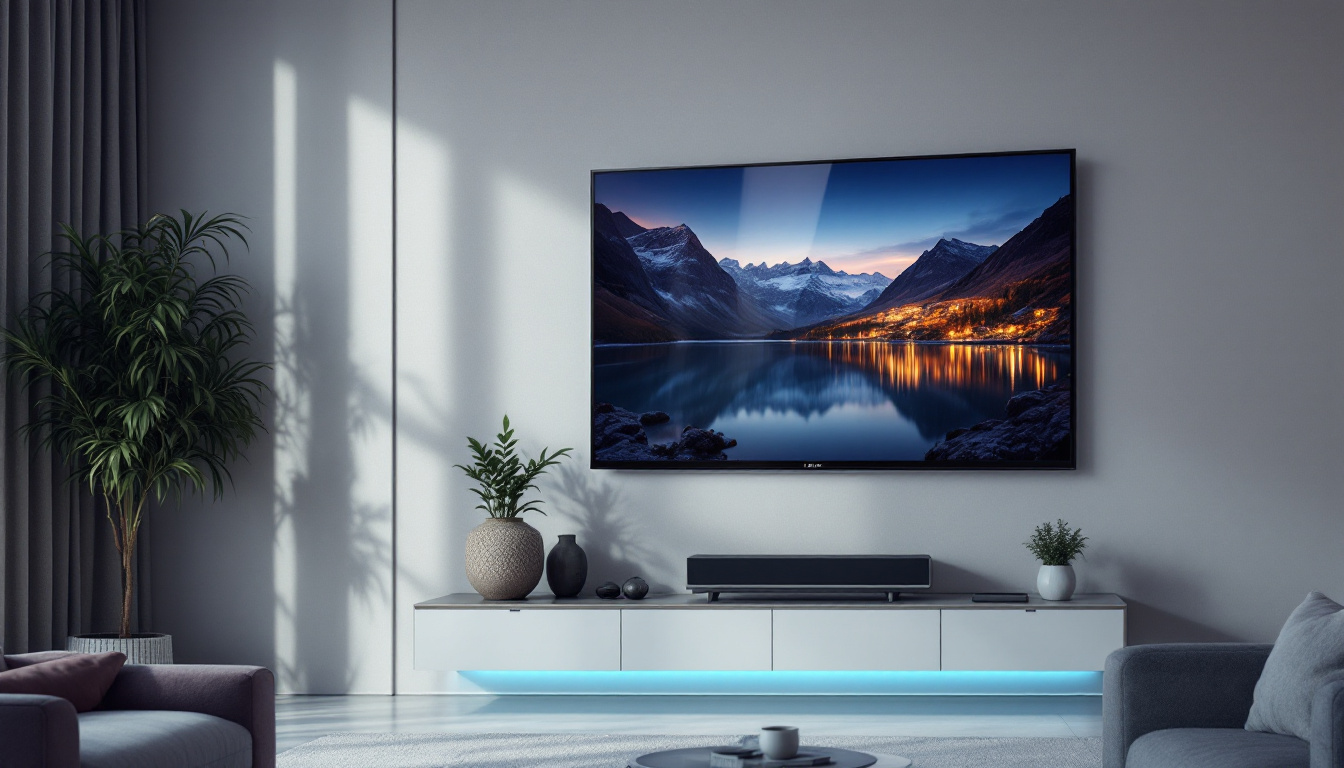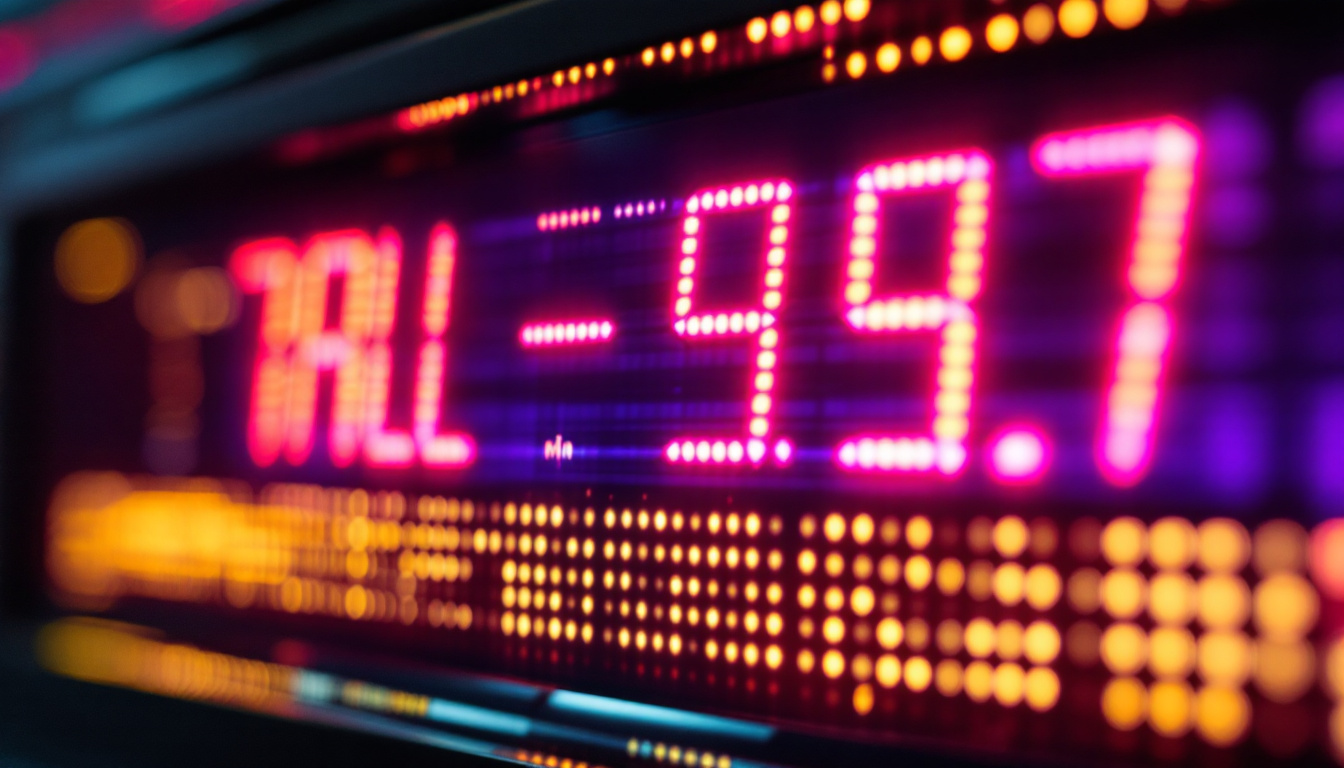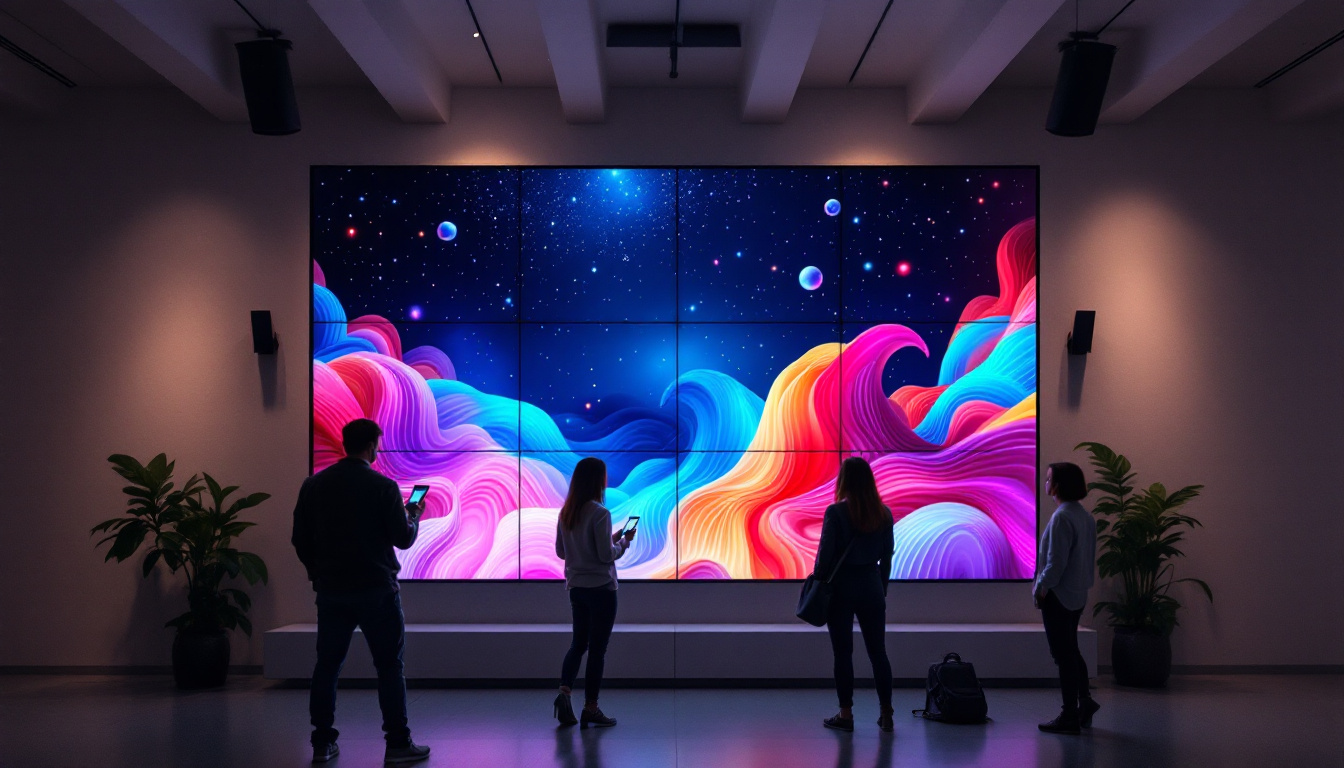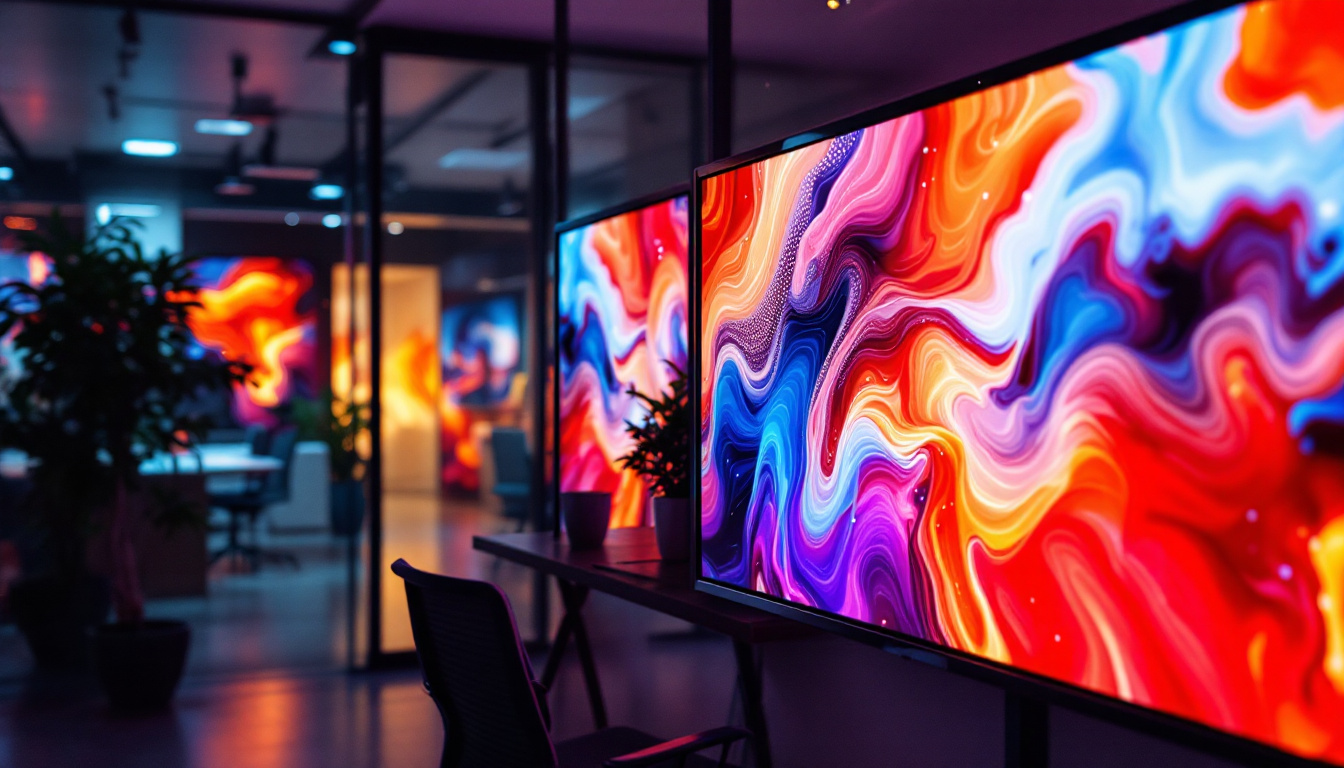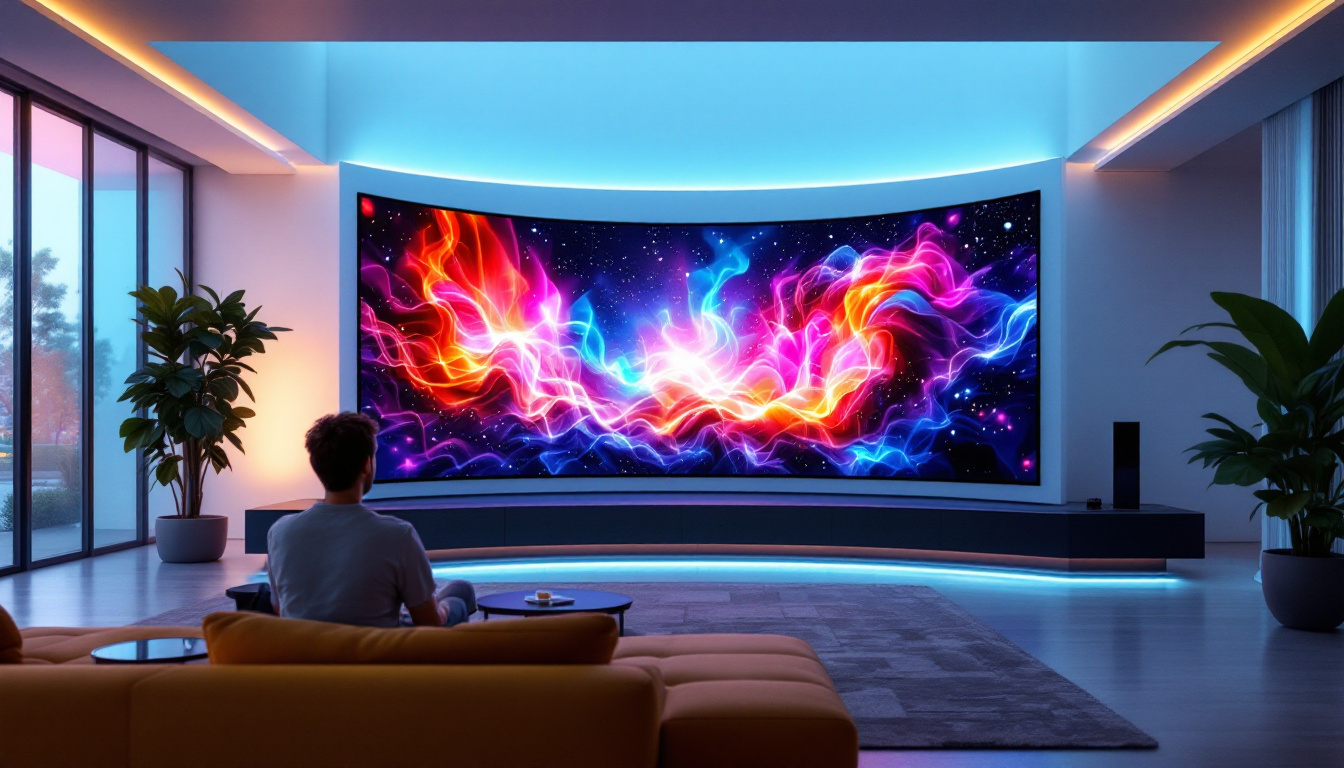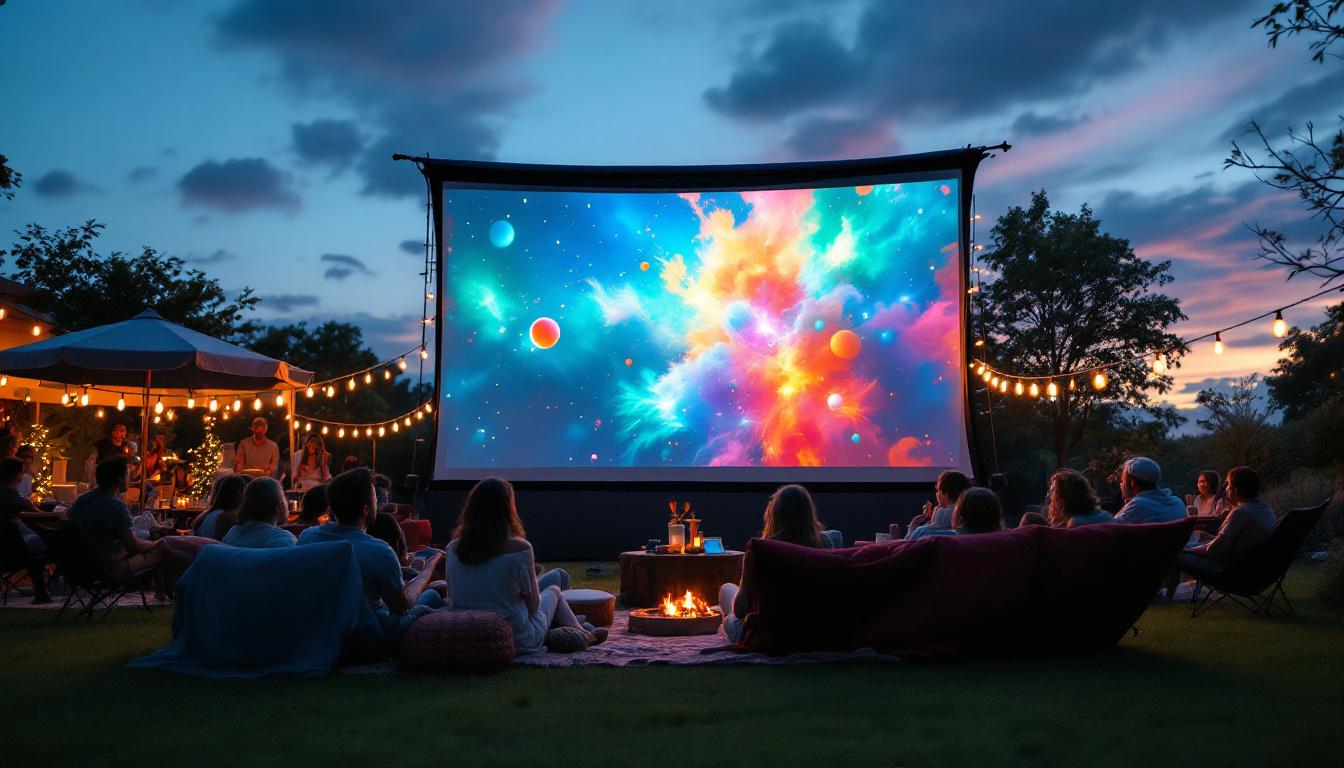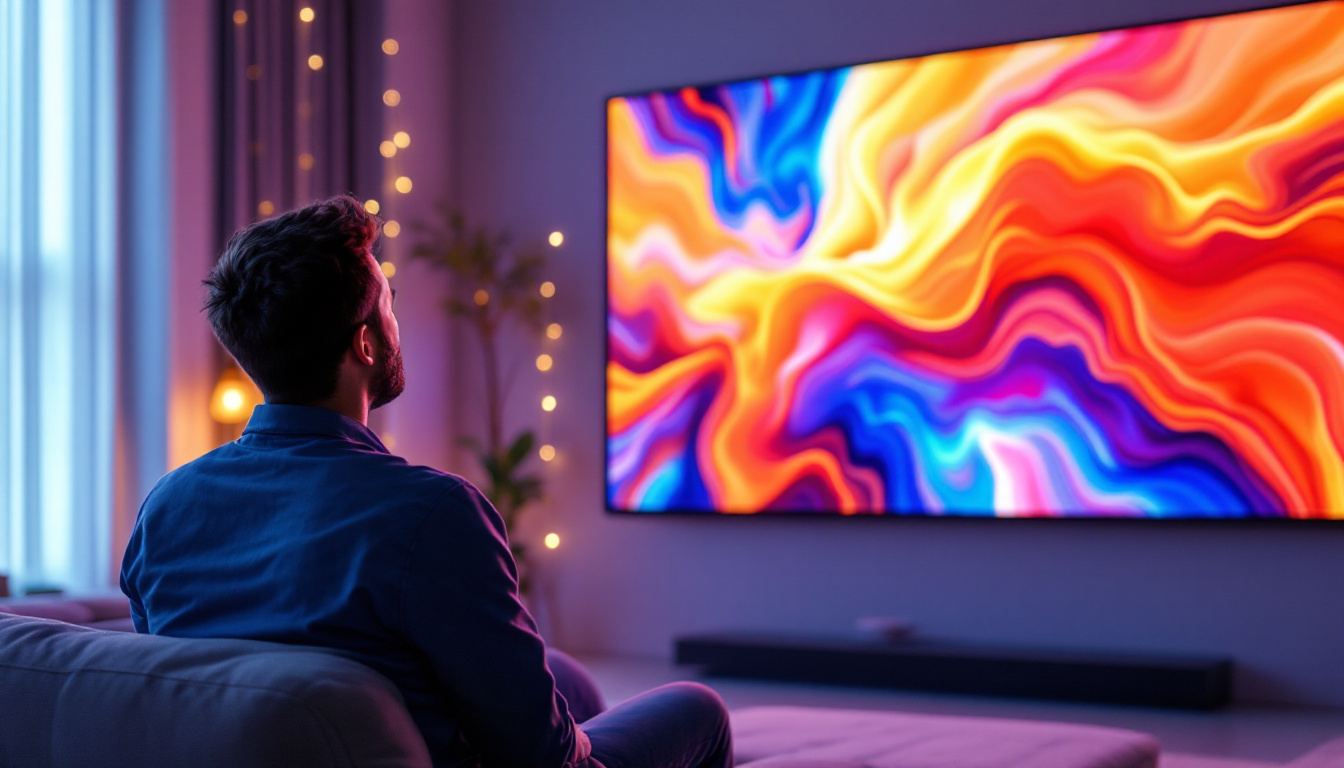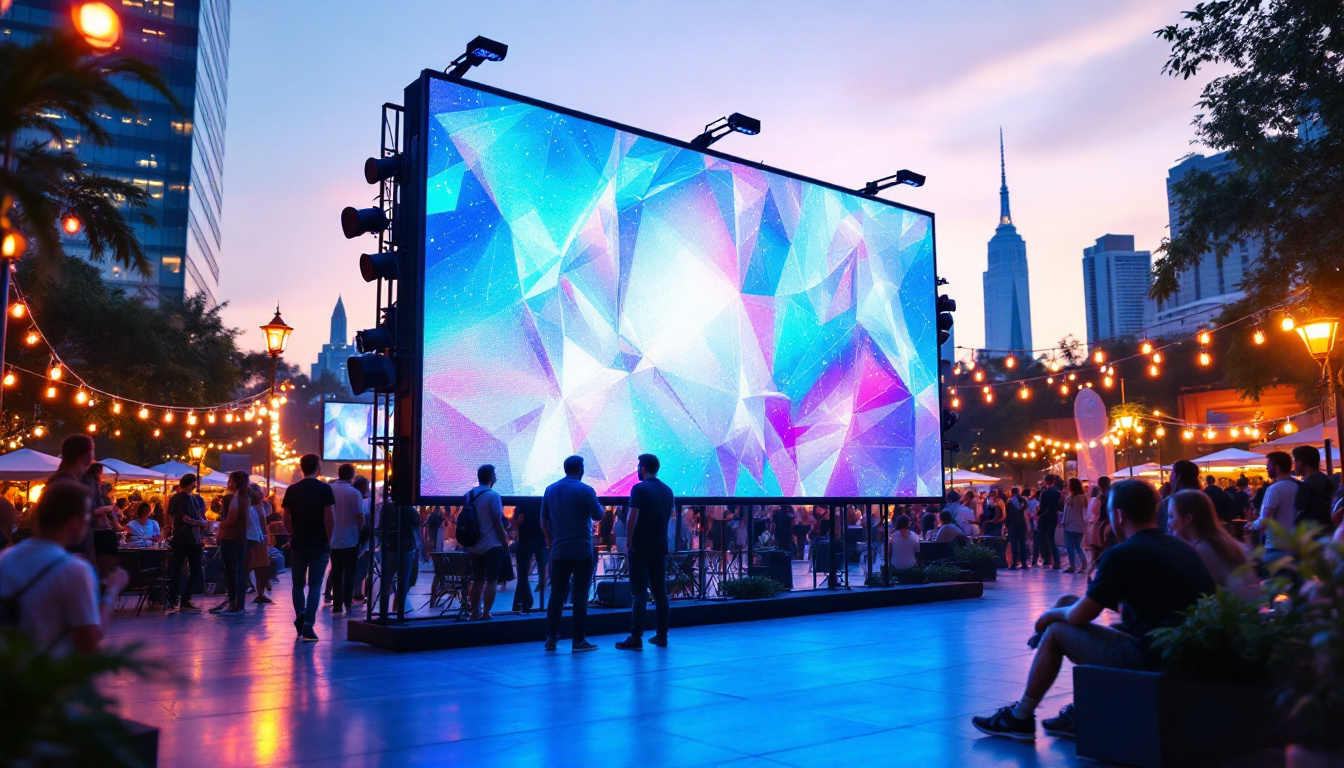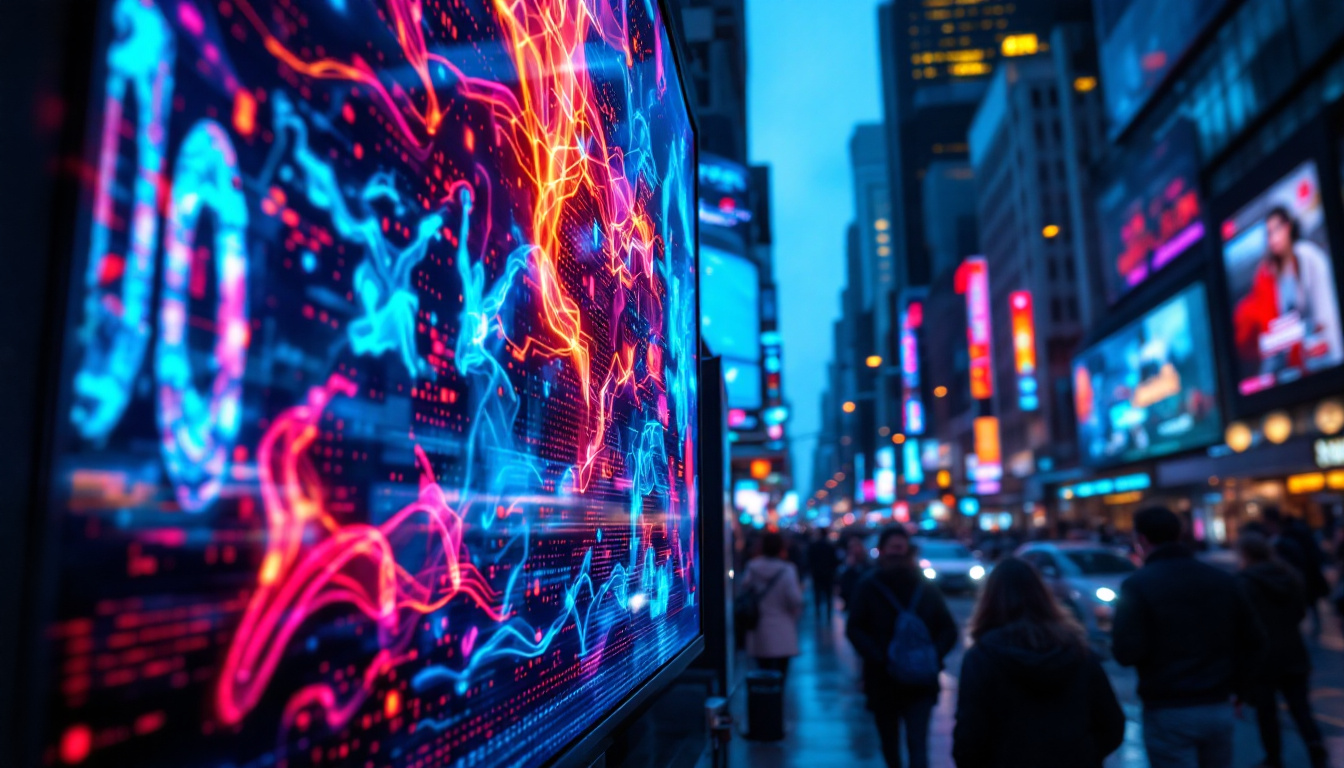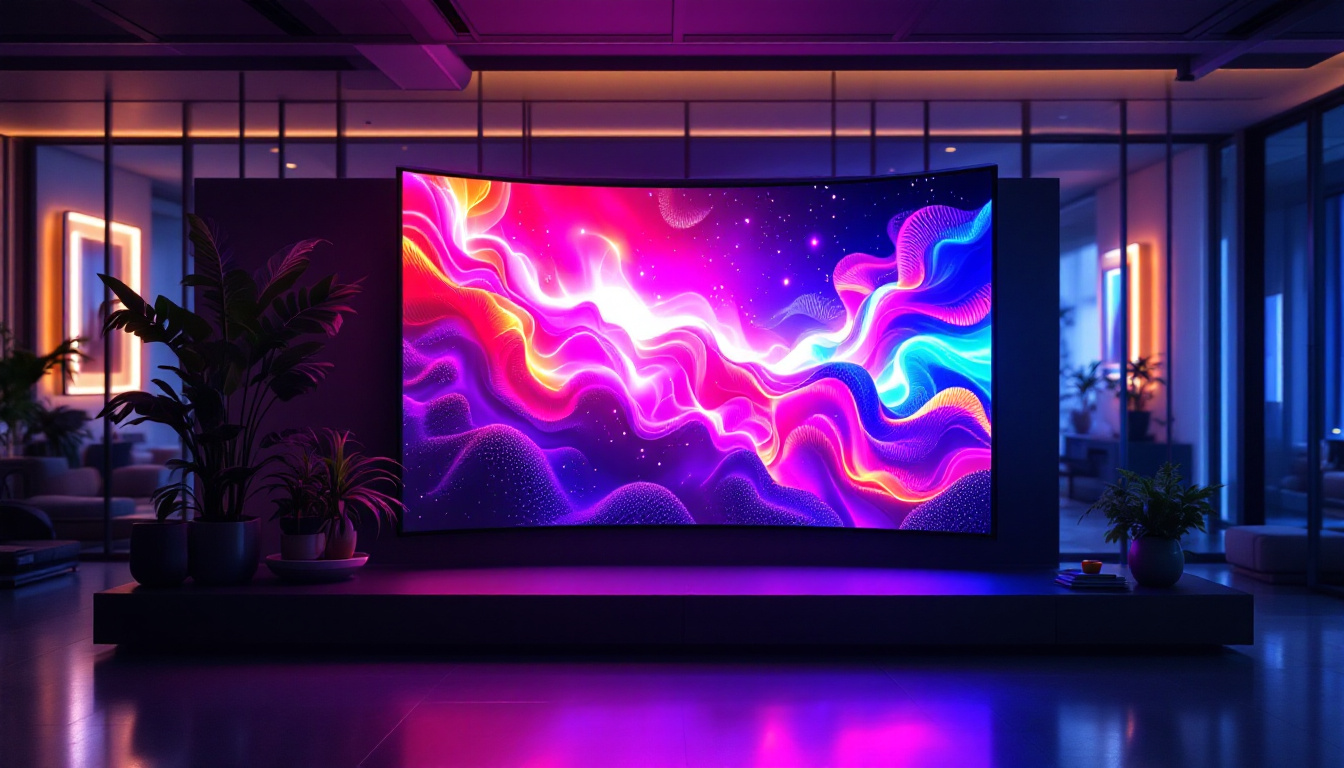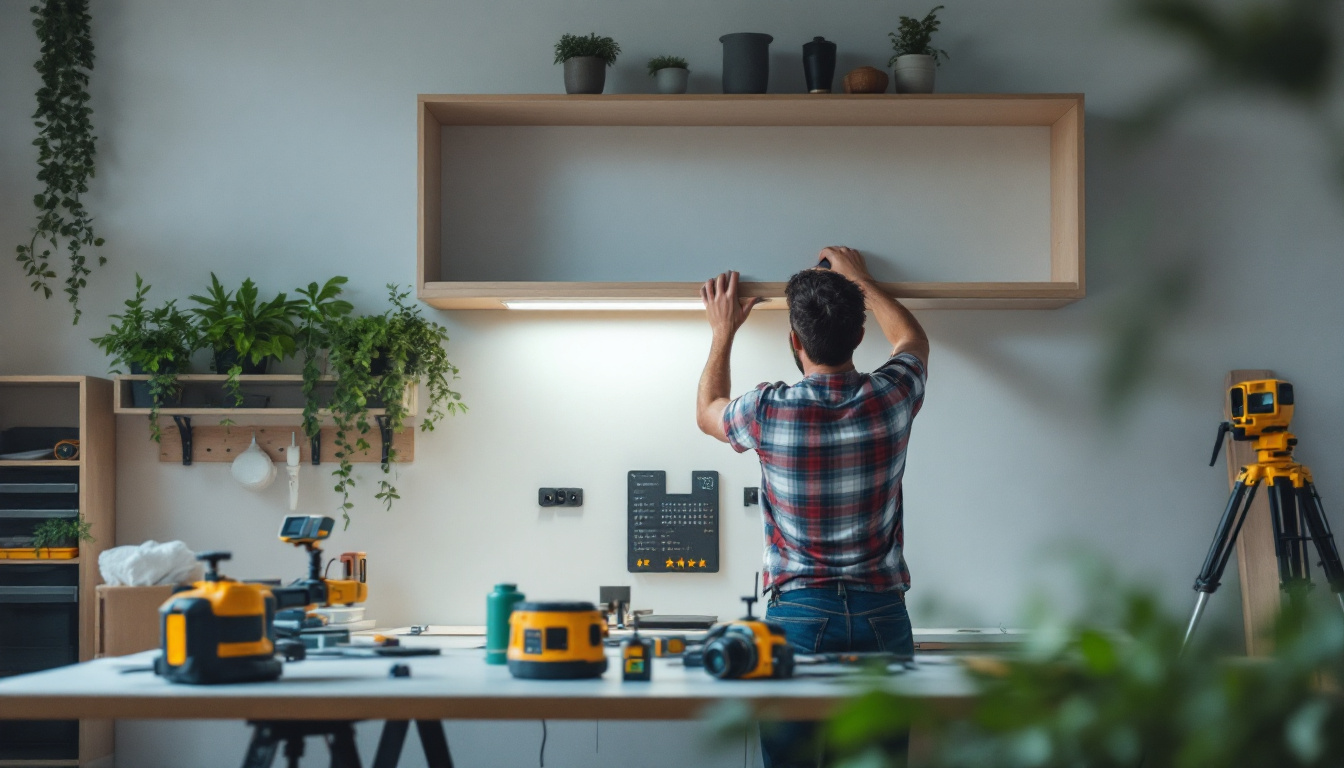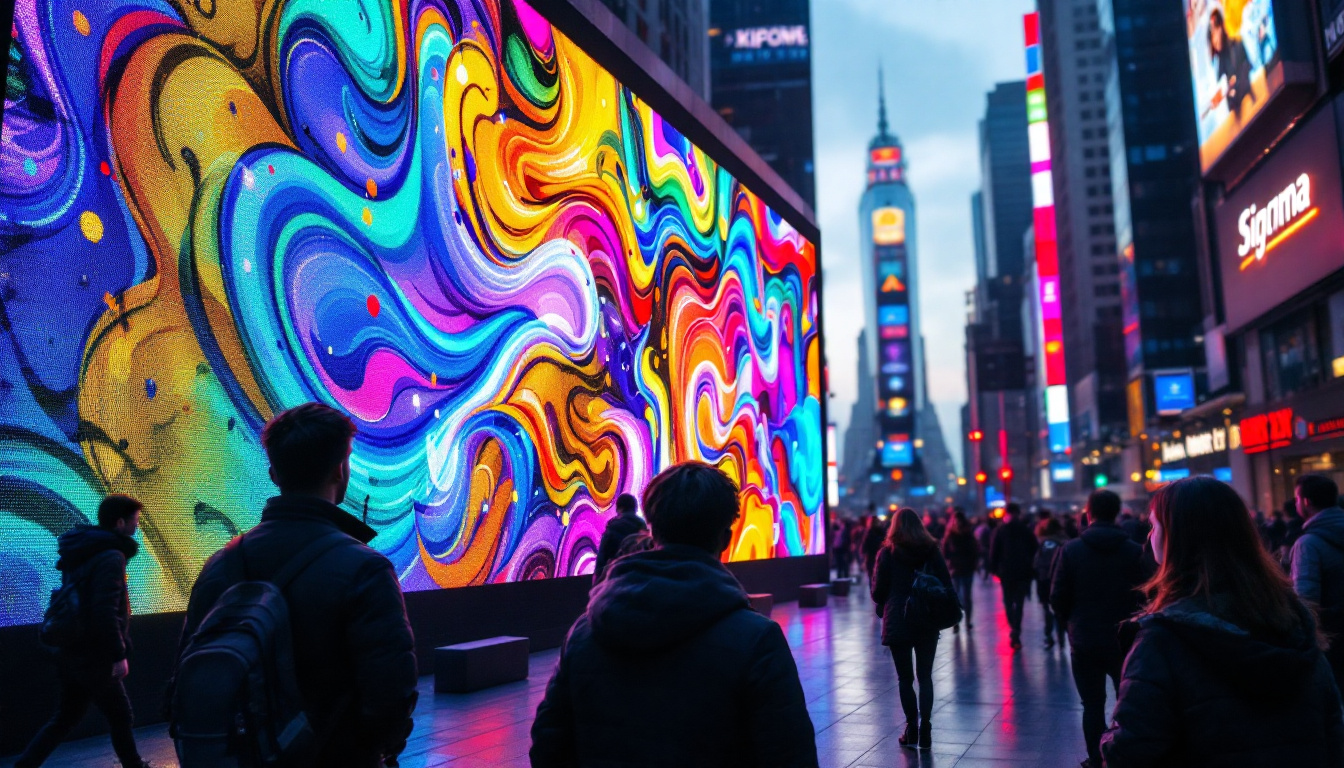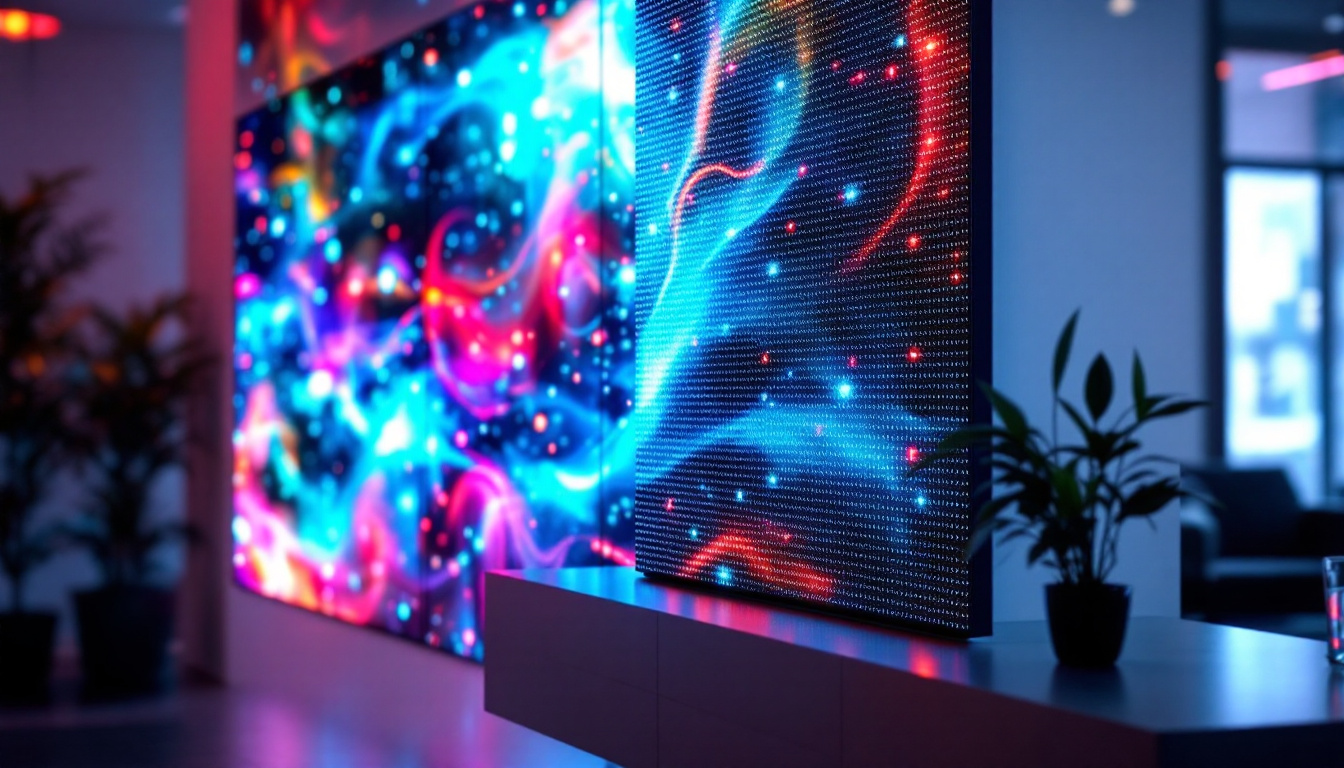The advancement of technology has led to the development of innovative tools that push the boundaries of what is possible. One such remarkable invention is the see-through walls camera, which utilizes various technologies to provide visibility through solid barriers. This article delves into the intricacies of how these cameras work, with a particular focus on the LED display technology that enhances their functionality.
Understanding See Through Walls Technology
See-through walls technology is a fascinating field that combines principles from physics, engineering, and computer science. The core idea is to use various types of sensors and imaging techniques to visualize what lies behind walls or other solid objects. This capability has significant applications in security, search and rescue operations, and even in construction.
Types of See Through Walls Cameras
There are several types of cameras designed to see through walls, each utilizing different technologies. Some of the most common types include:
- Radar-Based Cameras: These cameras use radar waves to detect objects behind walls. The radar signals penetrate the wall and bounce back, allowing the camera to create an image based on the returned signals.
- Thermal Imaging Cameras: These cameras detect heat signatures emitted by objects. They are particularly useful for identifying living beings, as they can differentiate between the heat produced by humans and the ambient temperature of the surroundings.
- Ultrasonic Cameras: Utilizing sound waves, these cameras can also penetrate walls to some extent. They work similarly to radar-based systems but rely on sound rather than electromagnetic waves.
Each of these technologies has its strengths and weaknesses, making them suitable for different applications. Understanding these distinctions is crucial for selecting the right camera for specific needs. For instance, while radar-based cameras can penetrate thicker walls, thermal imaging cameras excel in detecting heat signatures, making them invaluable in scenarios where human presence is suspected. Ultrasonic cameras, on the other hand, are often more affordable and can be used in various DIY projects, although their effectiveness may be limited by the type of wall material.
Applications of See Through Walls Cameras
The applications of see-through walls cameras are diverse and impactful. In security, these cameras can help law enforcement agencies assess dangerous situations without exposing themselves to potential threats. In search and rescue operations, they can locate trapped individuals in collapsed structures, significantly improving response times.
Moreover, in construction and renovation, these cameras can assist workers in identifying electrical wiring or plumbing behind walls, preventing accidental damage. The ability to visualize what lies behind solid barriers enhances safety and efficiency across various fields. Beyond these applications, see-through walls technology is also being explored in the realm of smart homes. For instance, integrating these cameras with home security systems can provide homeowners with real-time insights into their surroundings, allowing them to monitor for intrusions or other anomalies without needing to physically check every room. Additionally, advancements in machine learning and artificial intelligence are paving the way for more sophisticated analysis of the data collected by these cameras, enabling predictive maintenance in industrial settings and enhancing overall safety protocols in various environments.
LED Display Technology in See Through Walls Cameras
LED display technology plays a crucial role in how the images captured by see-through walls cameras are presented to users. The effectiveness of the camera is not solely dependent on the quality of the sensors; the display technology also significantly influences the user experience.
Benefits of LED Displays
LED displays offer several advantages that make them ideal for use in see-through walls cameras:
- High Brightness: LED displays are known for their high brightness levels, making them suitable for various lighting conditions. This feature ensures that images remain visible even in bright environments.
- Energy Efficiency: Compared to traditional display technologies, LED displays consume less power. This efficiency is particularly beneficial for portable cameras that rely on battery power.
- Durability: LED displays are more robust and resistant to damage than other types of screens. Their longevity is essential for devices used in demanding environments.
These benefits contribute to a more effective and user-friendly experience when operating see-through walls cameras. Furthermore, the lightweight nature of LED technology allows for more compact designs, enabling the integration of advanced features without significantly increasing the size or weight of the device. This is especially advantageous for tactical applications where mobility and ease of use are paramount.
Image Quality and Resolution
The resolution of the LED display significantly impacts the clarity of the images produced by see-through walls cameras. Higher resolution displays can render finer details, allowing users to discern objects more clearly. This is particularly important in security and rescue operations, where identifying specific features can be critical.
Modern LED displays often support high-definition resolutions, which enhance the overall performance of the camera system. Users can zoom in on images without losing clarity, making it easier to analyze situations accurately. Additionally, advancements in LED technology have led to the development of displays with improved color accuracy and contrast ratios. This means that images are not only sharper but also more vibrant, providing a more realistic representation of the environment being monitored. Such enhancements are vital for applications in surveillance, where distinguishing between different shades and textures can provide crucial insights into a scene.
How See Through Walls Cameras Work
The operation of see-through walls cameras involves a series of complex processes that combine hardware and software components. Understanding these processes can provide insights into their effectiveness and limitations.
Image Capture Process
The first step in the operation of a see-through walls camera is image capture. Depending on the type of technology used, the camera emits signals—whether radar, thermal, or ultrasonic—toward the wall. These signals penetrate the wall and interact with objects behind it.
Once the signals return to the camera, they are processed to create an image. This processing involves sophisticated algorithms that interpret the data received, translating it into a visual representation. The quality of this processing can significantly affect the final image displayed on the LED screen.
Real-Time Processing and Display
Real-time processing is a crucial aspect of see-through walls cameras. The ability to provide immediate feedback allows users to make quick decisions in critical situations. Advanced cameras can process incoming data rapidly, updating the display in real-time as new information is received.
This feature is particularly valuable in dynamic environments where conditions may change rapidly. For instance, in a search and rescue scenario, the situation can evolve quickly, and having real-time visuals can be a matter of life and death.
Challenges and Limitations
While see-through walls cameras represent a significant technological advancement, they are not without their challenges and limitations. Understanding these can help users set realistic expectations and make informed decisions about their use.
Penetration Limitations
One of the primary limitations of see-through walls cameras is the degree to which they can penetrate various materials. Different walls may obstruct signals to varying extents, depending on their composition. For example, concrete walls may pose more of a challenge than wooden ones.
This limitation means that users must be aware of the types of walls they may encounter and the potential impact on the camera’s effectiveness. In some cases, additional equipment or techniques may be necessary to achieve the desired results.
Interference and Noise
Interference from other electronic devices can also affect the performance of see-through walls cameras. This interference can introduce noise into the signals, leading to degraded image quality. Users must be cautious about the environments in which they operate these cameras, especially in areas with a high concentration of electronic devices.
Moreover, environmental factors such as humidity and temperature can influence the accuracy of the readings. Understanding these variables is essential for optimizing the use of see-through walls cameras.
Future Developments in See Through Walls Technology
The field of see-through walls technology is continually evolving, with ongoing research and development aimed at overcoming current limitations and enhancing capabilities. Future advancements promise to make these tools even more effective and versatile.
Integration with Artificial Intelligence
One of the most exciting prospects for the future of see-through walls cameras is the integration of artificial intelligence (AI). AI can enhance image processing capabilities, allowing for more accurate interpretations of the data collected. This could lead to improved object recognition and classification, making it easier for users to identify specific items or individuals behind walls.
Furthermore, AI could enable predictive analytics, helping users anticipate potential challenges based on historical data and real-time inputs. This advancement could significantly enhance decision-making processes in critical situations.
Improved Materials and Sensors
As technology progresses, the materials and sensors used in see-through walls cameras are likely to improve as well. New sensor technologies may offer enhanced penetration capabilities, allowing for clearer images through thicker or denser materials.
Moreover, advancements in miniaturization could lead to more compact and portable models, making these cameras accessible for a broader range of applications. This could democratize the technology, allowing more users to benefit from its capabilities.
Conclusion
See-through walls cameras represent a remarkable intersection of technology and practicality, providing essential capabilities in various fields. The integration of LED display technology enhances their usability and effectiveness, ensuring that users can access critical information quickly and efficiently.
While challenges remain, ongoing advancements in technology promise to address these limitations, paving the way for even more sophisticated tools in the future. As the world continues to evolve, the potential applications for see-through walls cameras will undoubtedly expand, making them invaluable assets in security, rescue, and construction domains.
In summary, understanding the intricacies of see-through walls cameras and their LED display technology is crucial for harnessing their full potential. As technology progresses, staying informed about developments in this field will empower users to make the most of these innovative tools.
Explore Cutting-Edge LED Display Solutions with LumenMatrix
As you consider the potential of see-through walls cameras for your security, rescue, or construction needs, the right display technology is crucial. LumenMatrix, a leader in LED display innovation, offers an array of advanced LED display modules designed to bring your visual communication to life. From Indoor and Outdoor LED Wall Displays to specialized solutions like Vehicle, Sports, and Floor LED Displays, LumenMatrix tailors to a variety of applications, ensuring high-quality, engaging, and effective displays. Experience the transformative power of LED display technology by visiting LumenMatrix LED Display Solutions and take the first step towards revolutionizing your visual engagement.

